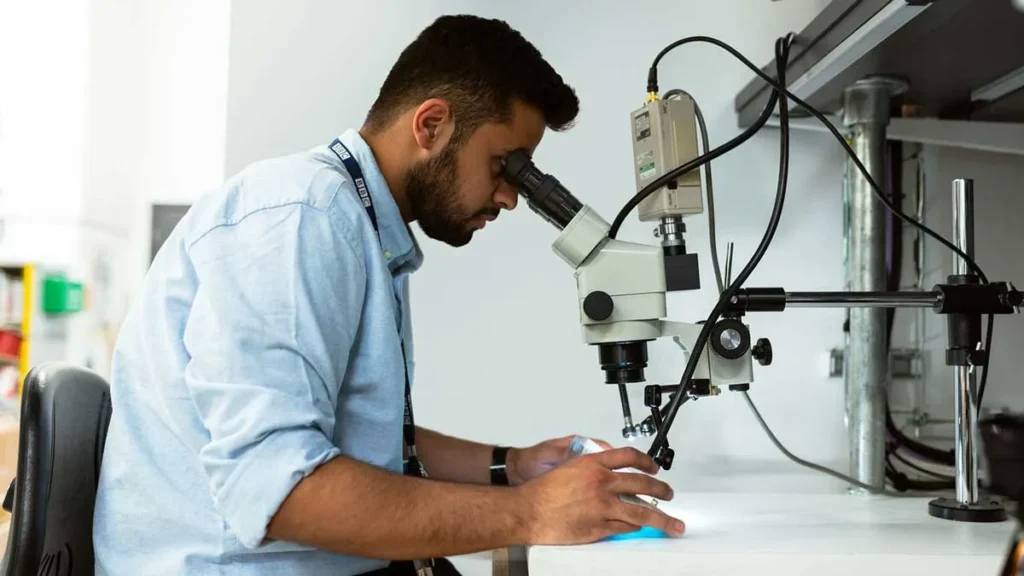Introduction
In the intricate world of industrial microbiology, the journey to harness the full potential of microorganisms doesn’t end with primary screening. Secondary screening, a critical follow-up, plays a pivotal role in obtaining comprehensive information about isolated microorganisms.
Primary Screening Recap:
Primary screening serves as the gateway, where microorganisms are initially isolated and detected. Basic information about isolated colonies is gleaned, forming the foundation for the subsequent stage.
Secondary Screening Process:
- Characterization of Industrially Important Organisms:
- Highly selective procedures are employed to characterize isolated microorganisms.
- Screening focuses on organisms capable of yielding high quantities of product from cost-effective raw materials.
- Detailed Information Gathering:
- Secondary screening delves deep into isolated colonies, determining their industrial viability.
- Microbial capabilities and yield potential are scrutinized, distinguishing valuable organisms from those deemed valueless.
Information Obtained Through Secondary Screening:
- Qualitative and Quantitative Assessment:
- Determines inhibitory spectrum for antibiotics and product yield potential.
- Quantifies the amount of product obtained using diverse fermentation media.
- Techniques like Chromatography:
- Utilizes advanced techniques, such as chromatography, to analyze and identify products.
- Classification and Identification:
- Provides crucial information for the classification and identification of organisms.
- Assists in evaluating potential pathogenicity to humans and animals.
- Genetic Stability Assessment:
- Evaluates genetic stability, crucial for preventing potential losses due to mutations that may reduce yield capabilities.
- Testing Nutrient Toxicity:
- Assesses toxicity of nutrients provided for growth, eliminating any compounds detrimental to the isolated strain.
- Chemical Solubility Evaluation:
- Tests the chemical solubility of the product produced.
- Eliminates organic solvents incompatible with the product.
- Product Alteration and Destruction Capability:
- Assesses the organism’s ability to alter or destroy its own product.
Conclusion:
Secondary screening acts as an extensive information-gathering phase, deciding the fate of a microorganism in the industrial landscape. The culmination of qualitative and quantitative assessments guides the selection of strains deemed suitable for large-scale industrial applications.
For a comprehensive understanding of the screening journey, refer to the previous article on Primary Screening Techniques.





